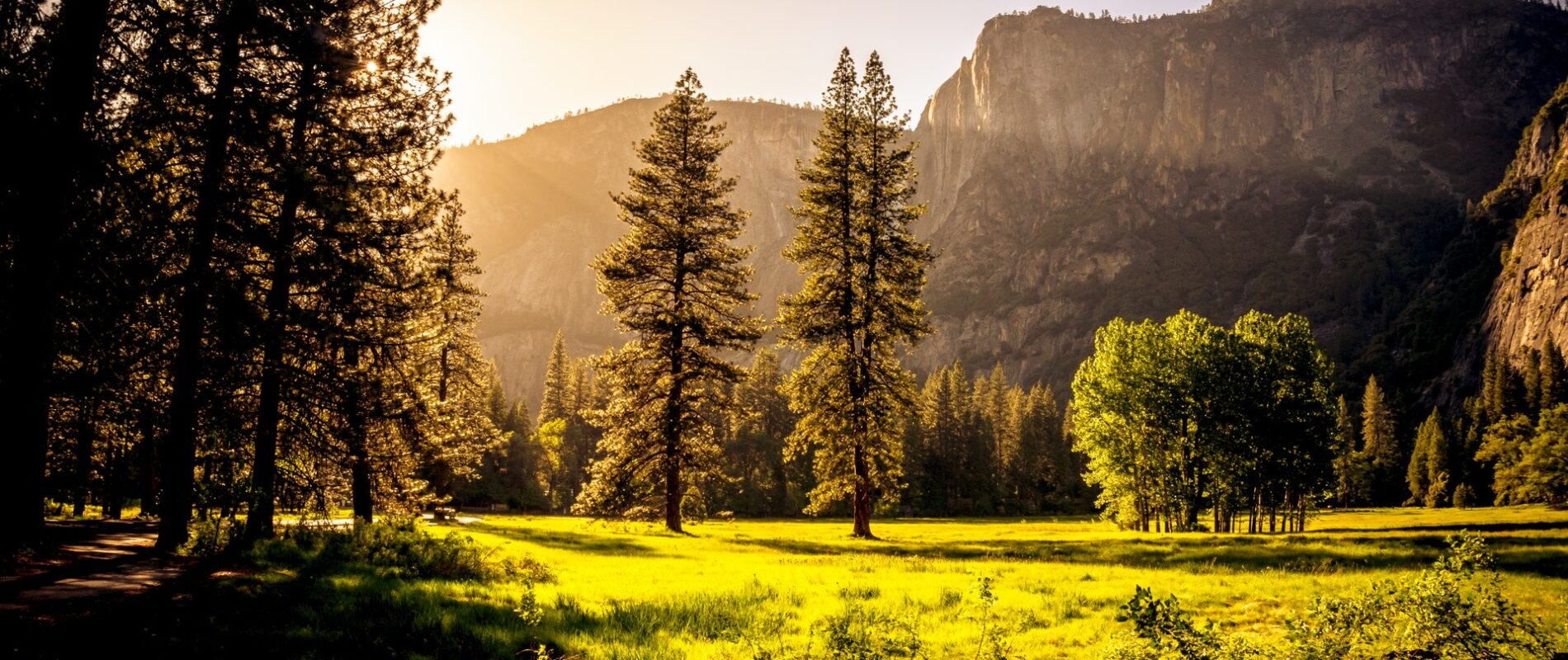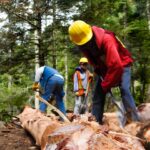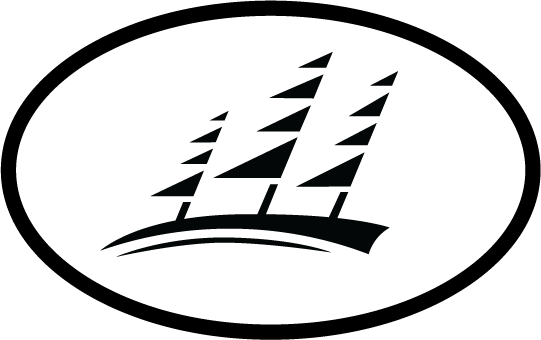
Services
Have Questions?
Contact Us Today
We don’t just answer your questions, we provide tailored solutions.
Get In Touch
Phone: 1.662.418.8269
Fax: 1.866.817.3579
[email protected]
Welcome to MidSouth Resource Management, where we are dedicated to transforming your land management vision into reality through a comprehensive suite of specialized services.
 Whether you are looking to enhance agricultural productivity, restore natural habitats, or implement sustainable land practices, we have the tools and knowledge to meet your unique needs. From precision herbicide applications for weed control to the strategic use of prescribed fire to promote ecological health, our services are designed to optimize your land’s potential.
Whether you are looking to enhance agricultural productivity, restore natural habitats, or implement sustainable land practices, we have the tools and knowledge to meet your unique needs. From precision herbicide applications for weed control to the strategic use of prescribed fire to promote ecological health, our services are designed to optimize your land’s potential.
Our commitment to sustainable practices and cutting-edge GIS mapping ensures that every decision is data-driven and environmentally responsible. Explore the possibilities with MRM, where your land’s prosperity is our top priority.
Commonly Asked Questions
In most cases, unmanaged pines have well established hardwood understories with vast root systems. Burning alone will not effectively kill the root systems of many of the most invasive hardwoods, like sweet gum and green ash. On most productive pine sites, burning alone over time will result in increased stems of hardwoods due to resprouting from the roots, worsening the problem. Selective herbicides properly administered will kill the entire plant, roots and all. Fire can then be reintroduced into the stand to control young hardwoods coming up from seed. The resulting increased light to the forest floor and periodic fire will result in a forb-grass dominated understory, reducing competition to crop trees, while drastically improving the wildlife habitat.
The primary benefit of native grasses over pasture grasses is their structural difference, or simply the way they grow. Pasture grasses, like Bermuda and fescue, grow together at ground level to create a thick mat of grass. This thick layer of grass makes it hard for small ground dwelling species like quail to navigate, find food, and hide from predators. These grasses also provide very little cover for larger species like deer and turkey. Native grasses are bunch grasses which grow in tall clump,s leaving more space for seed producing forbs and bare ground. These grasses are tall enough for deer and turkey to hide in, while providing nesting and brood rearing habitat for quail. Native grasses also remain standing through most of the winter providing winter cover for wildlife.
Sometimes the grass comes up the first growing season, but it is best not to expect to see any native grasses the first year. Typically, it will be the next growing season after planting before you start to see the native grass showing up, and often is the third growing season before the stand is considered well established.
Contact Information
MidSouth Resource Management, LLC
P.O. Box 2056
Starkville, MS 39760
Mitt Wardlaw
Phone: 1.662.418.8269
Fax: 1.866.817.3579
[email protected]

